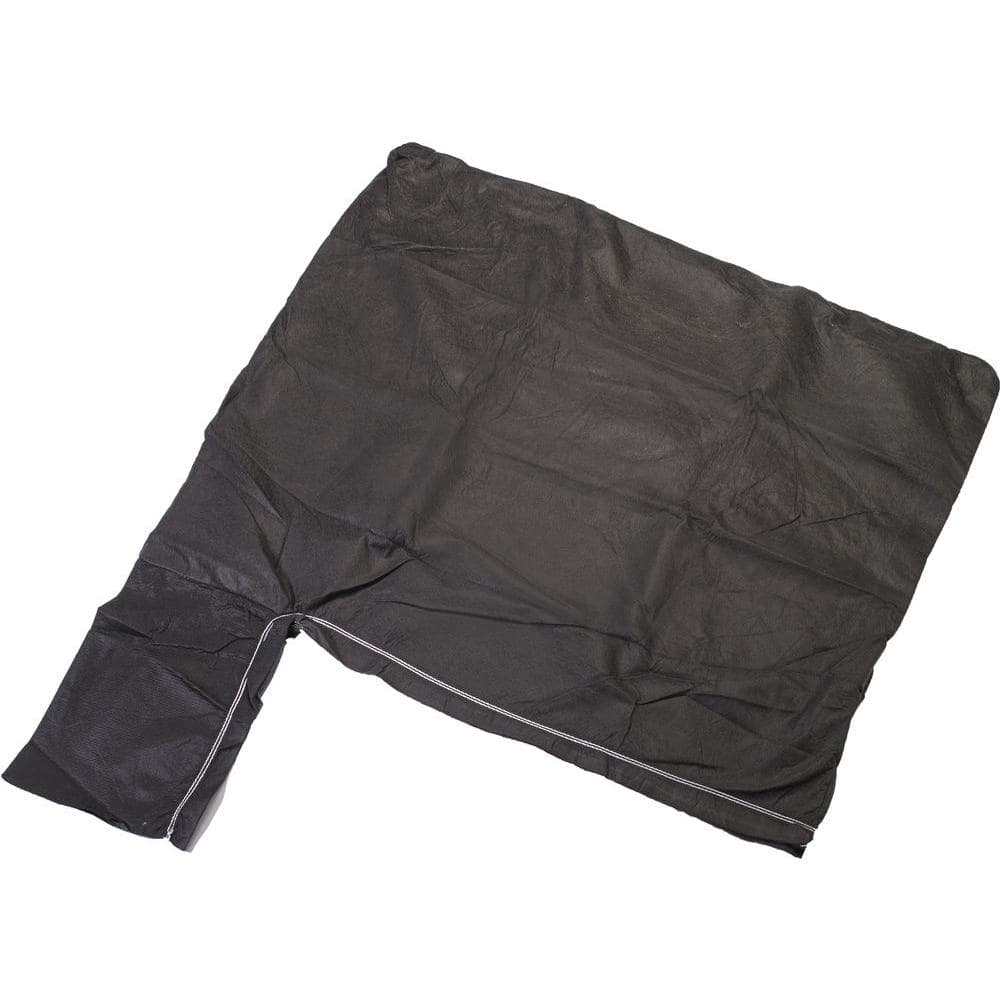Does anyone know if a sediment filter is available for putting inline on the backwash/waste pipework.
The problem I have is we are on a island very close to the beach and will end up with a bunch of sand in the pool in the summer and our backwash system is pipped into our in ground drainage system for the gutters. What I don’t want to do is clog the draining system in the yard up with sand over the years of cleaning as that could be a very expensive problem so looking for some kind of inline filter system to filter that sand and all the other junk that will end up coming out that waste pipe.
The problem I have is we are on a island very close to the beach and will end up with a bunch of sand in the pool in the summer and our backwash system is pipped into our in ground drainage system for the gutters. What I don’t want to do is clog the draining system in the yard up with sand over the years of cleaning as that could be a very expensive problem so looking for some kind of inline filter system to filter that sand and all the other junk that will end up coming out that waste pipe.






